Can an inexpensive phono cartridge elevate the sound quality of your turntable? It has always been my advice to invest a majority of your budget in a better turntable and only upgrade the phono cartridge after you have had some time to figure out the table and its base sonic signature. Even on a table as affordable as the Andover Audio SpinDeck Max, the $190 USD Grado Labs Prestige Red3 proved to be a genuine surprise.
2021 was a fantastic year for record sales in the United States and Canada; according to the 2021 RIAA Report; Americans purchased 40 million new records over the 12 month period. That’s an astounding number and also something that proved to be an issue for pressing plants that are still struggling to meet demand.
The H1 2022 sales numbers recently released showed a 22% increase in record sales over the same period but the rate of growth is certainly slowing in the post-pandemic economy which has been crippled by supply chain issues and inflationary pressures. Consumers have less money to spend on non-essential items like records.
Grado does offer some rather expensive phono cartridges but the vast majority of its sales are below $300 and products like the Red3 make one question why you need to spend a lot more; I will continue to belabor the point that one should invest more in the turntable and use an overachieving cartridge like the Grado Labs Prestige Red3 or Timbre Opus3, Denon DL-103, Nagaoka MP-110, or Ortofon 2M Blue instead.

Spending $3,000 on a phono cartridge is stupid — spending anything more than $300 on a cartridge for a turntable under $1,000 is a mistake long-term that will not pay dividends.
You are better off buying more records than investing in something with a finite lifespan like a pricey phono cartridge.
Escaping Sameness
I attribute my 30 year relationship with Grado Labs to our mutual desire to escape sameness. And there is a lot of that in audio these days. Sameness and Brooklyn do not belong on the same page and that is why Grado Labs can never stop being what it is.
One of the things that has made Grado Labs so successful over the past 50+ years has been its attention to the bottom line. I was fortunate to visit the “factory” many years ago in Brooklyn and the biggest takeaway was the dedication of its employees who make all of their headphones and phono cartridges.
Sitting there all day winding and assembling is a very labor intensive task and they made the business decision to keep everything at home. Grado is not a flashy company; there are no fancy offices, press junkets, or bizarre products that make no sense financially. They invested from the beginning in the tooling and machinery and even make their own packaging.

The Skinny
The 5mV output of the Grado Labs Prestige Red3 makes it compatible with almost every AVR, integrated amplifier, pre-amplifier, and external phono pre-amplifier currently available — not to mention active or powered loudspeakers with internal MM phono stages.
The hand assembled Moving Iron (Grado cartridges are not MM) cartridges use a four piece OTL cantilever that has a Grado specific diamond mounted on a brass bushing. The Red3 are hand selected from Blue3 production runs which meet higher test specifications. Only 10% of that specific run become Red3 cartridges.
Grado’s coil winding techniques, using ultra high purity copper wire which were honed during the development of the Lineage Series, have let the electrical circuits achieve unison between the four coils in each phono cartridge.
The Red3 is powered by a twin magnet system that optimizes the balance between stereo channels. All internal magnetic circuit parts are held to extremely high tolerances creating the desired stereo imaging.
Grado’s patented Flux-Bridger design allows the Red3 to have one of the lowest effective moving mass generating systems while creating an excellent balance throughout the full frequency range.
The weight is on the lower side at 5.5 grams and I actually found that both tonearms preferred a tracking force of 1.6 or 1.7 which is slightly higher than Grado’s recommended 1.5 grams.
Installation took around 15 minutes with each tonearm because my gigantic hands made the setup somewhat fiddly; definitely me and not the cartridge at fault.
System
Phono stages included the Croft Phono RIAA, Moon by SimAudio LP110 V2, and the internal phono stages of the Cyrus Audio i7-XR, Schiit Audio Ragnarok 2, NAD C 316BEE V2, and Audiolab 6000A Integrated Amplifiers.
The Unison Research Triode 25 and Cambridge Audio Edge A Integrated Amplifiers connected to the Pro-Ject Phono Tube Box DS2 also took turns with the Prestige Red3.
The Red3 spent time mounted (that sounds wrong) to the head shell of the Andover Audio SpinDeck Max, and NAD C 588‘s tonearms.
Goldring, Ortofon, and Sumiko cartridges sat in the corner sulking.

Sound
What’s fascinating about the Red3 and the Timbre series cartridges (Opus3 review can be read here), is that they represent a modernization of the Grado “house” sound.
Grado carts have always had a rich, and lush sounding midrange; the overall tonal balance has certainly favored systems that needed some additional presence in the bass and midrange.
That added degree of “coloration” also got in the way of the overall clarity and detail retrieval of the cartridges.
Well…those days are done.
The Red3 might not offer the overall resolution or clarity of the Opus3, but it’s a much cleaner sounding listen compared to the previous generation of Prestige cartridges — my daughter’s turntable collection includes a U-Turn Orbit+ with a Grado Black2 and an Andover Audio SpinDeck with the Ortofon OM10 — a comparison before she returned to college revealed that the Red3 is both cleaner, more detailed, and a more spacious sounding cartridge.
The tonal balance is still on the warmer side, but it is now far more neutral sounding than the cartridge it replaced.
The low end response is tighter, better defined, and not as meaty — the last change will bother some who prize Grado cartridges for their impact on rock recordings, but my experience listening to CCR, The Who, Rush, ELO, and Led Zeppelin was anything but disappointing.
Percussion, regardless if listening to Ginger Baker, Neil Peart, Keith Moon, or Stewart Copeland was well defined, fast, and more present in every recording.
Grado cartridges have always favored the midrange giving vocals and strings a lot of presence and color, and while that strength has not disappeared with the Red3, the overall presentation is far more open and spacious which is a huge plus on an affordable turntable such as the SpinDeck Max or NAD C 588.
Listening to Sarah Vaughan, Billie Holiday, and Amy Winehouse clearly highlighted the improved sense of clarity, detail, and top end airiness.
Winehouse’s “Valerie” off the BBC Sessions recording can be rather vivid sounding and even somewhat etched in the top end if the cartridge or loudspeakers emphasize the treble too much.
The Red3 didn’t posses the resolution or level of top end sweetness of the more expensive Opus3, but it came damn close and without ever sounding hard when the late-Winehouse hit the highest notes.
Horns have just enough bite without going off the cliff or crashing into the Death Star (Red 3 standing by…sorry Biggs), and I found myself listening to Donald Byrd, Miles Davis, and Eric Dolpy well into the evening as the rain and winds pummeled the Shore last weekend.
The Red3 is also very good at handling less than stellar records that have not been cleaned or suffer from some rather ugly scratches.
One of the biggest improvements over the previous generation is the soundstage width and depth and the imaging specificity.
The Moon by SimAudio LP110 V2 was a really good tonal match with the Red3; the Canadian phono pre-amplifier is straight down the middle in the tonal and presentation departments and it really showcased just open the new cartridge can sound if the rest of the system is up to the task.
Vocals were not as lush, but the clarity and resolution took a step forward which I really didn’t expect from a $190 phono cartridge.
The Prestige Red3 faces some stiff competition from the Goldring E3 and Nagaoka MP-110; the British cart is even more neutral sounding from top to bottom and definitely benefits from a warmer sounding system where its resolution, speed, and top end sparkle can work its magic.
The Nagaoka is the best tracker of the 3 but it’s also slightly cooler in the midrange; the MP-110 is still one of the best value carts around and probably the biggest rival to the Red3.
Conclusion
Grado doesn’t promote the Red3 as much as the Black3 or Gold3, but it might be the place to start if you’re looking to upgrade the cartridge on your affordable new table or if you’re looking for something for an older vintage turntable.
The high output widens its appeal and it doesn’t fall into the trap of being really good at 1-2 areas and only average in the rest. The midrange is not as warm as you might expect from a Grado cartridge but the newfound detail and clarity really makes it work with a wider range of components and loudspeakers — which means that it can grow with you as your system improves.
It’s a very capable and resolving cartridge at the price and not coming off my SpinDeck Max anytime soon.
Where to buy: $190 at Audio Advice | 4OurEars
Related Podcast: The Best Phono Cartridges Under $350

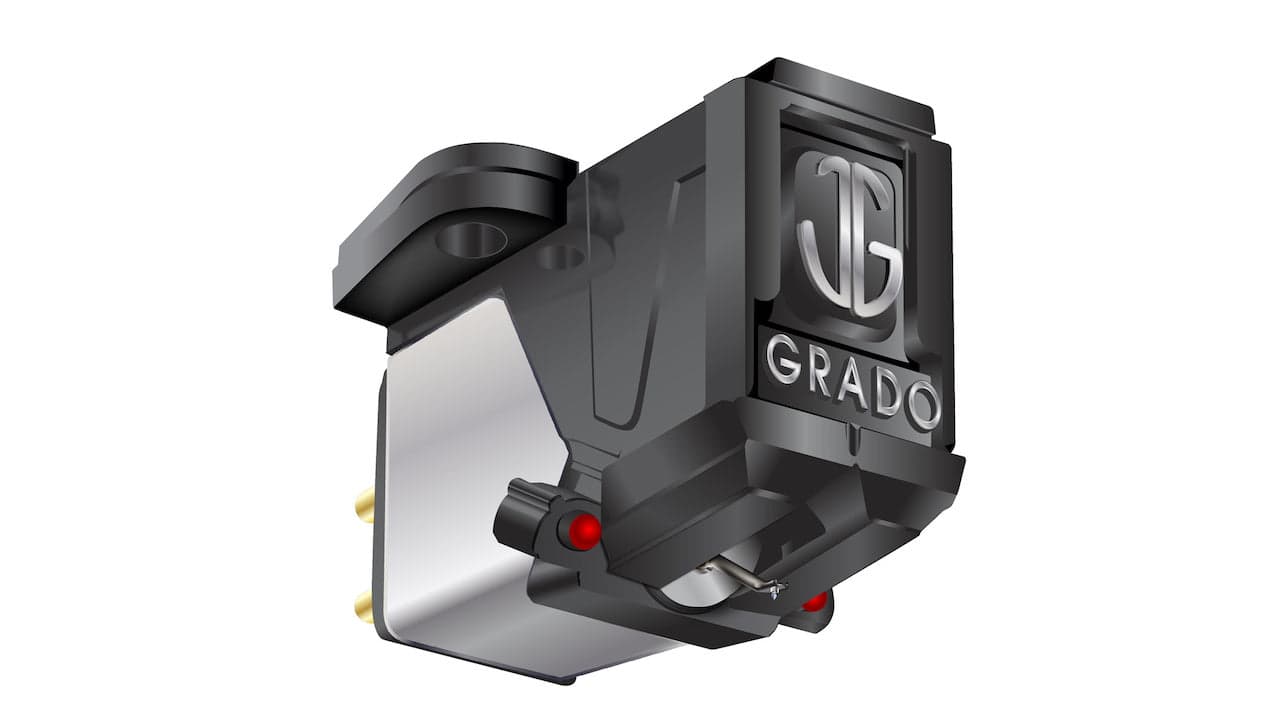
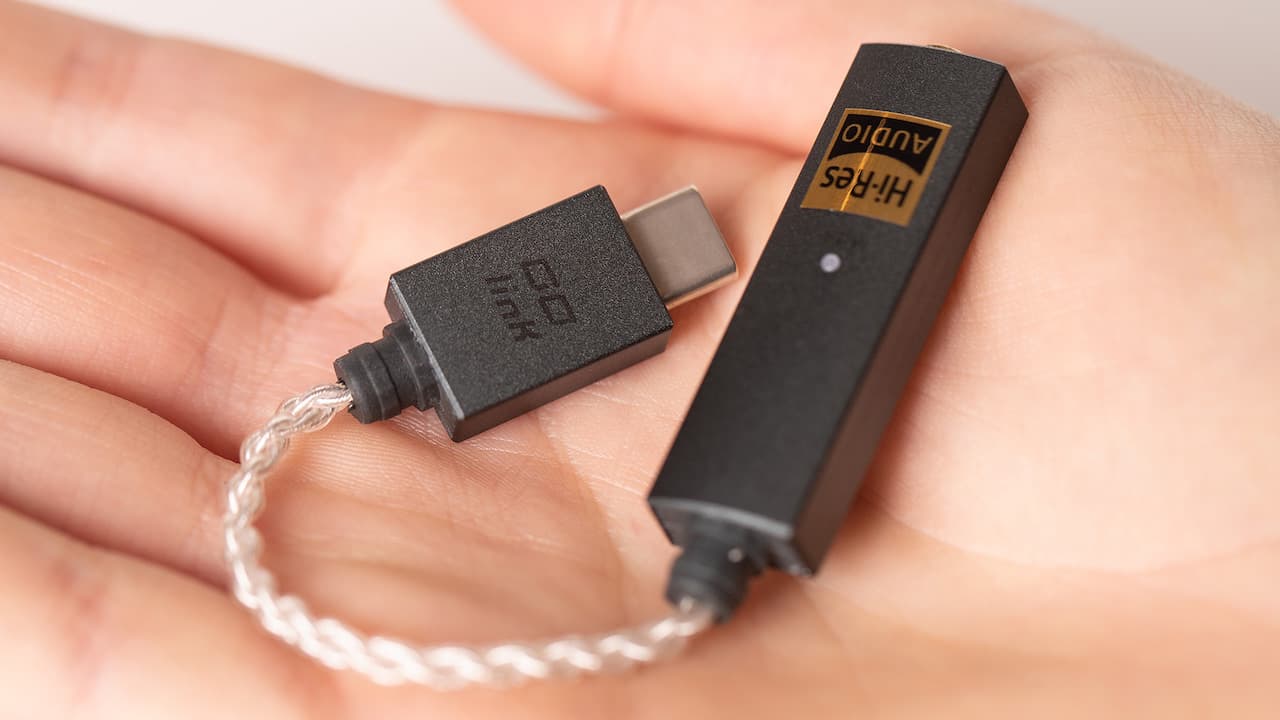
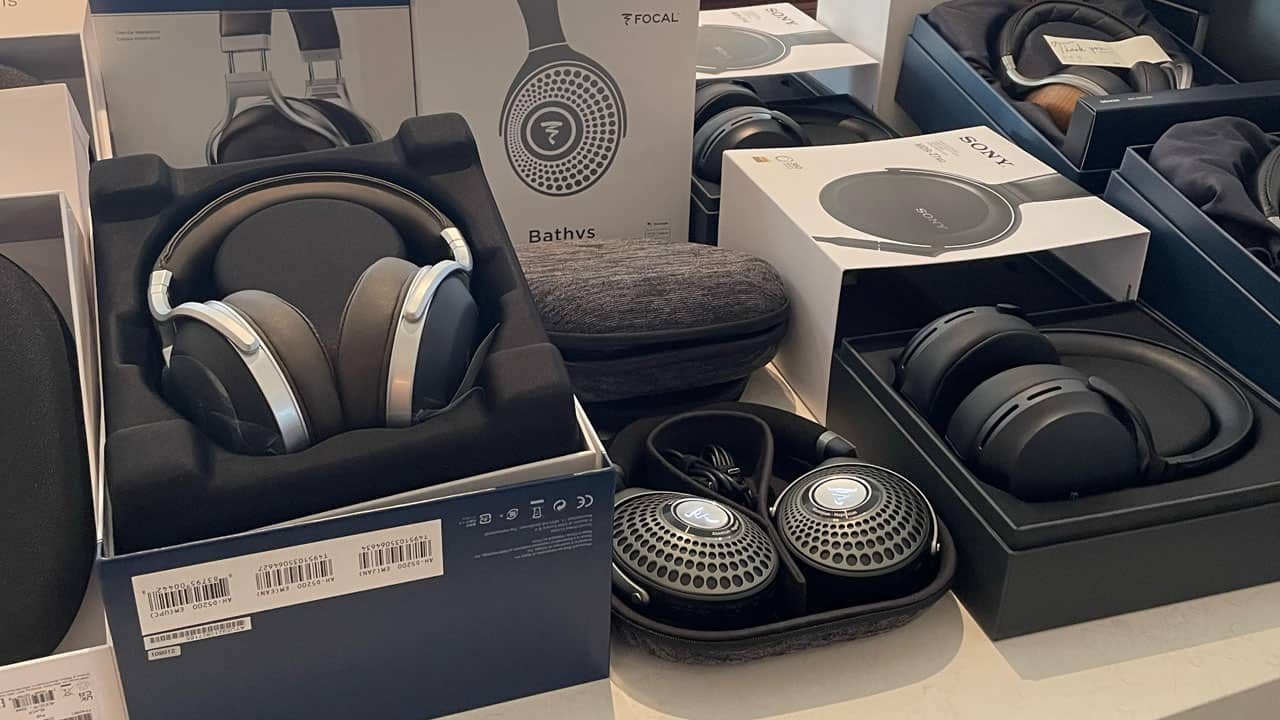
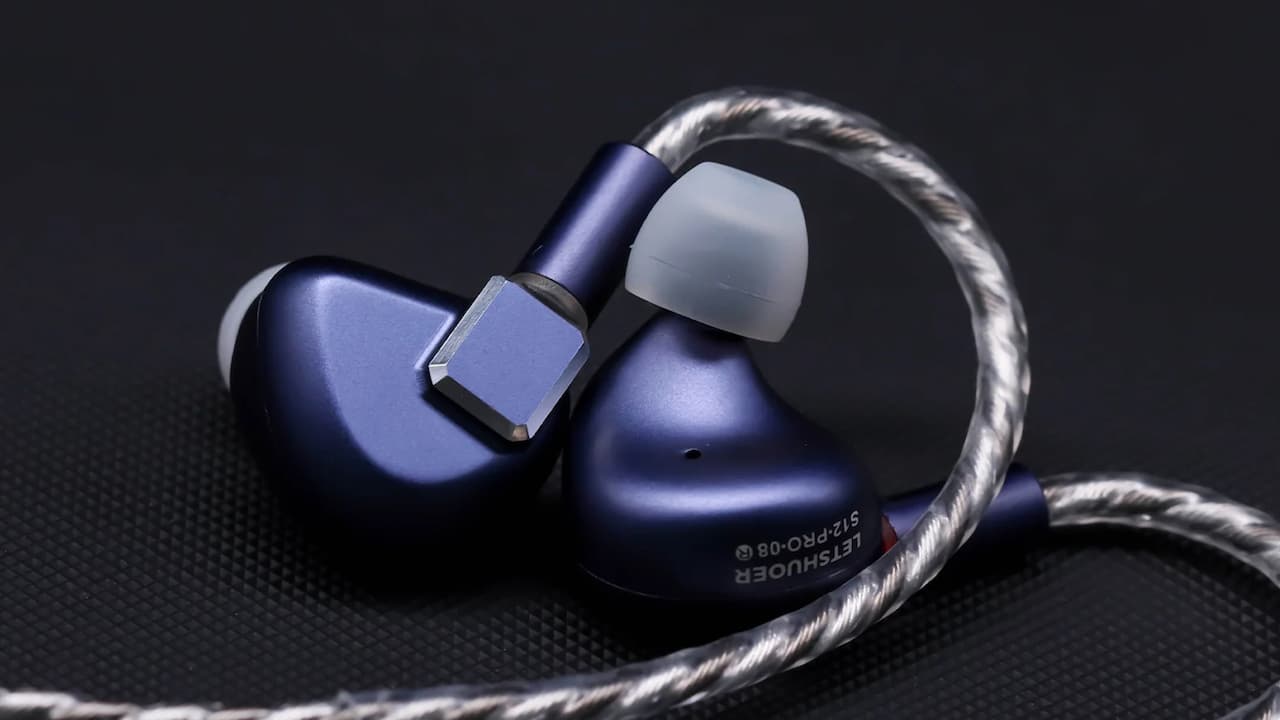
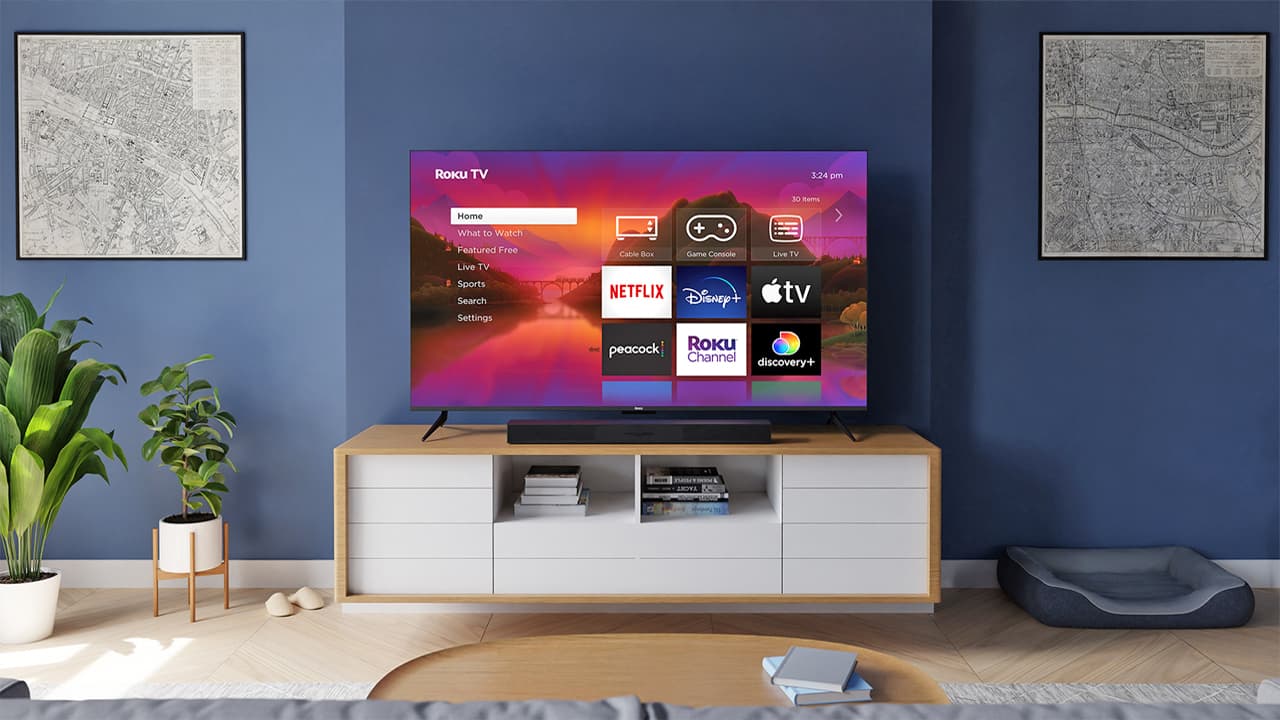
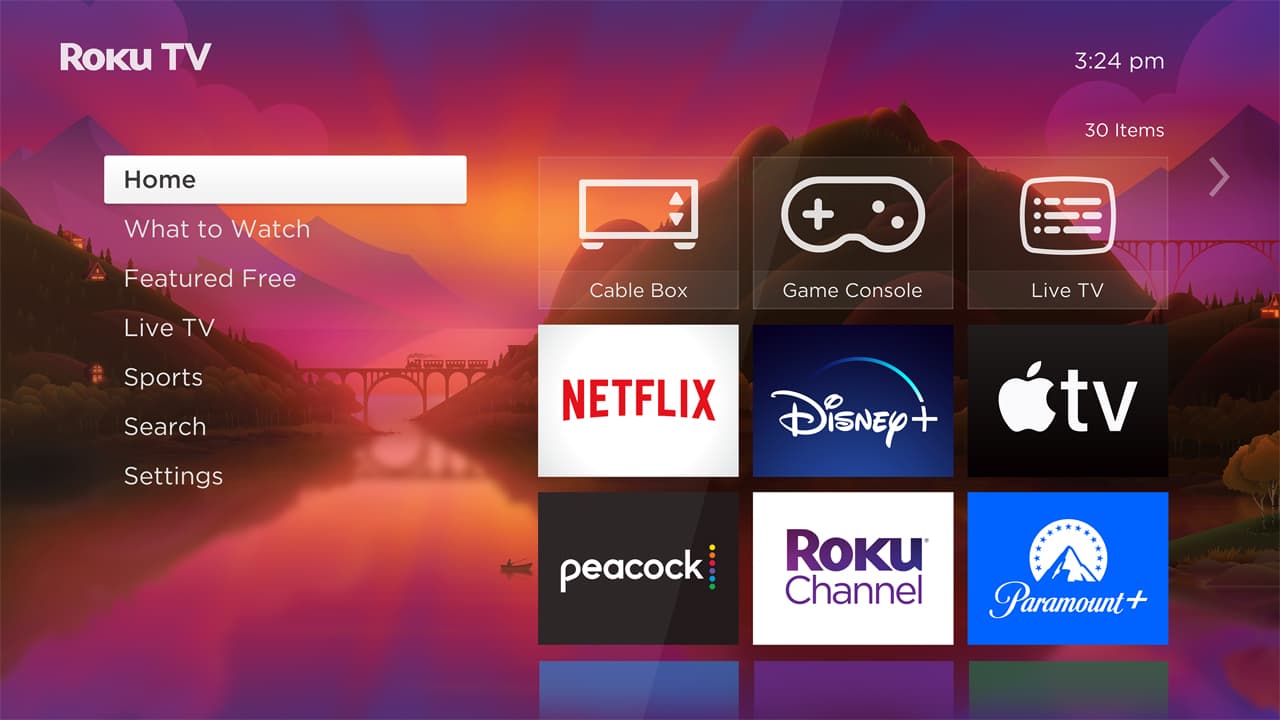
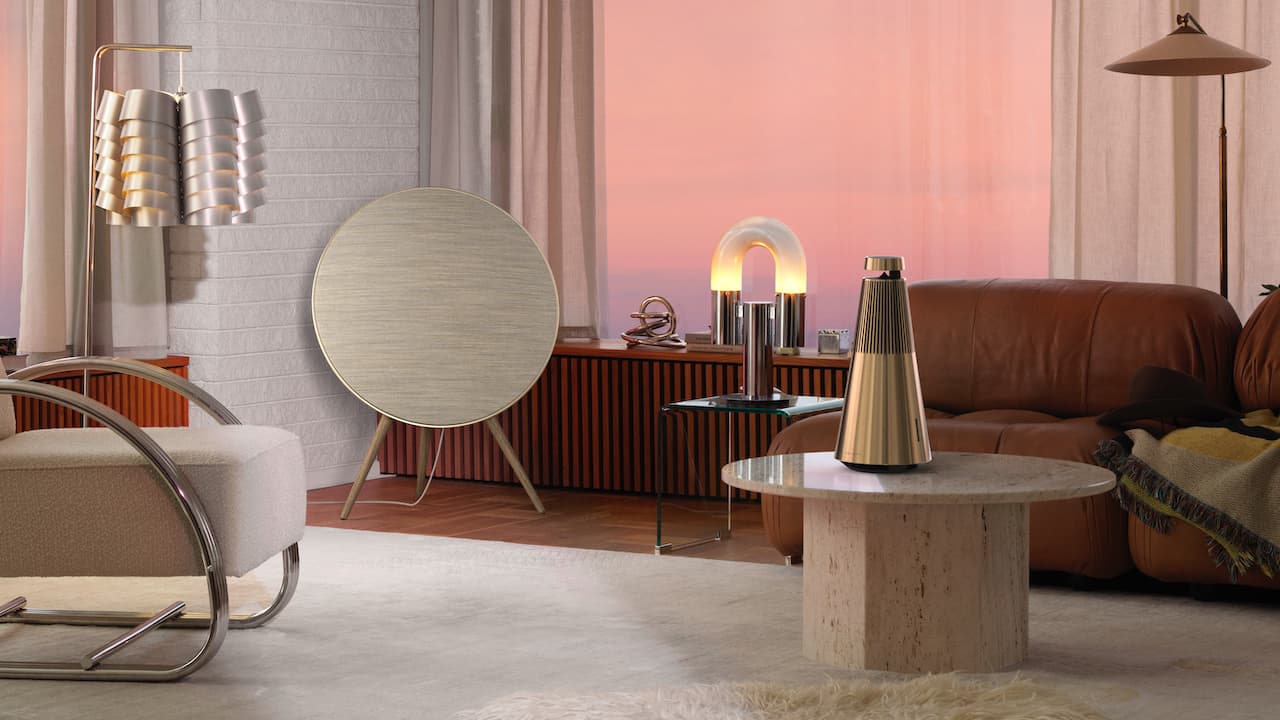
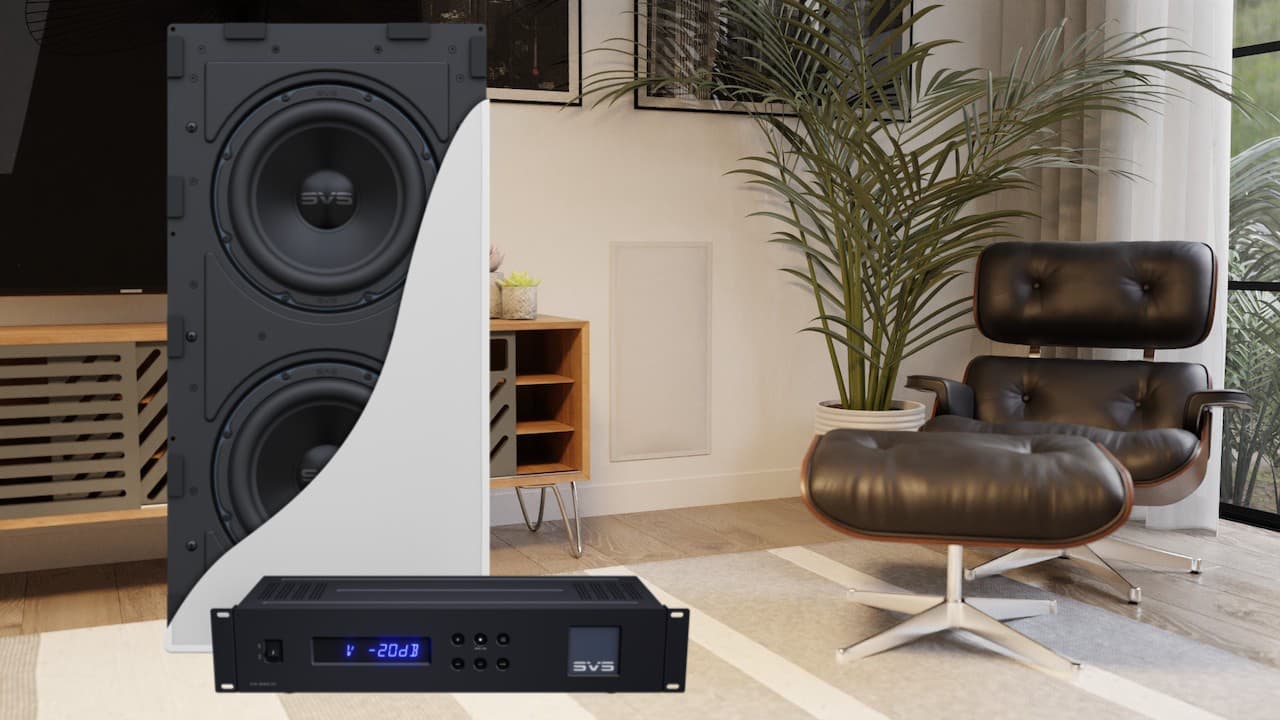
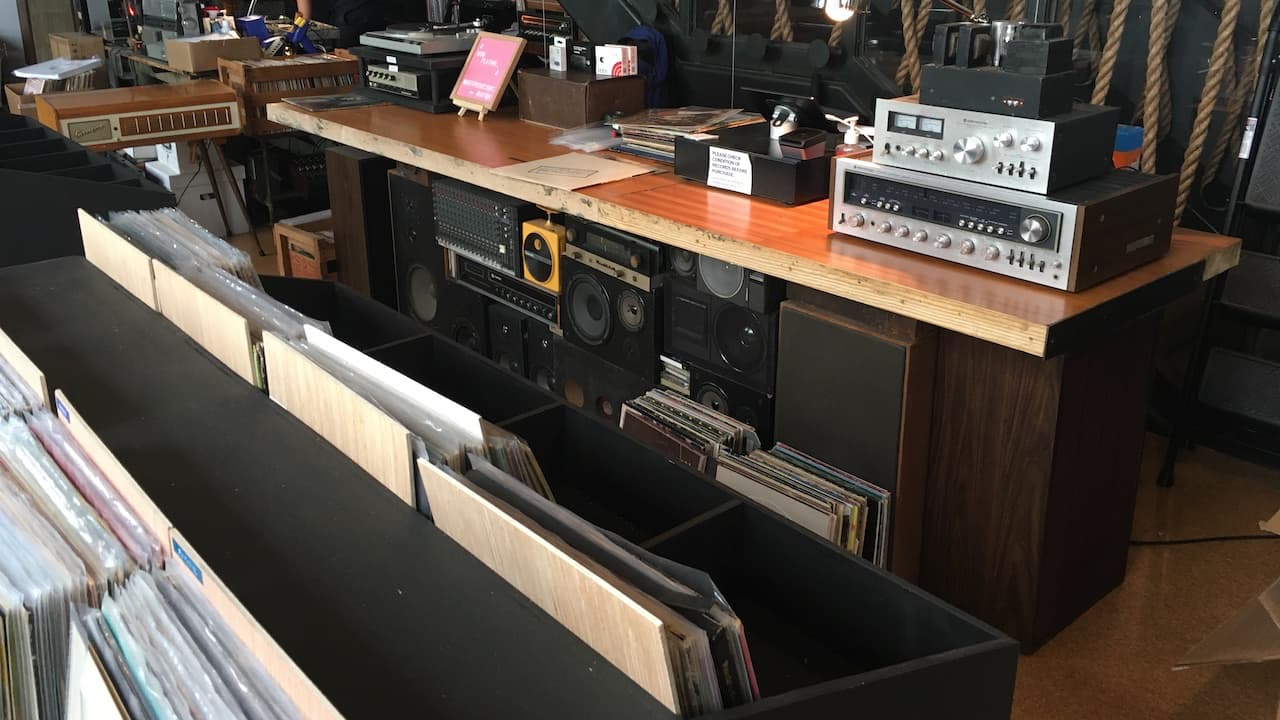
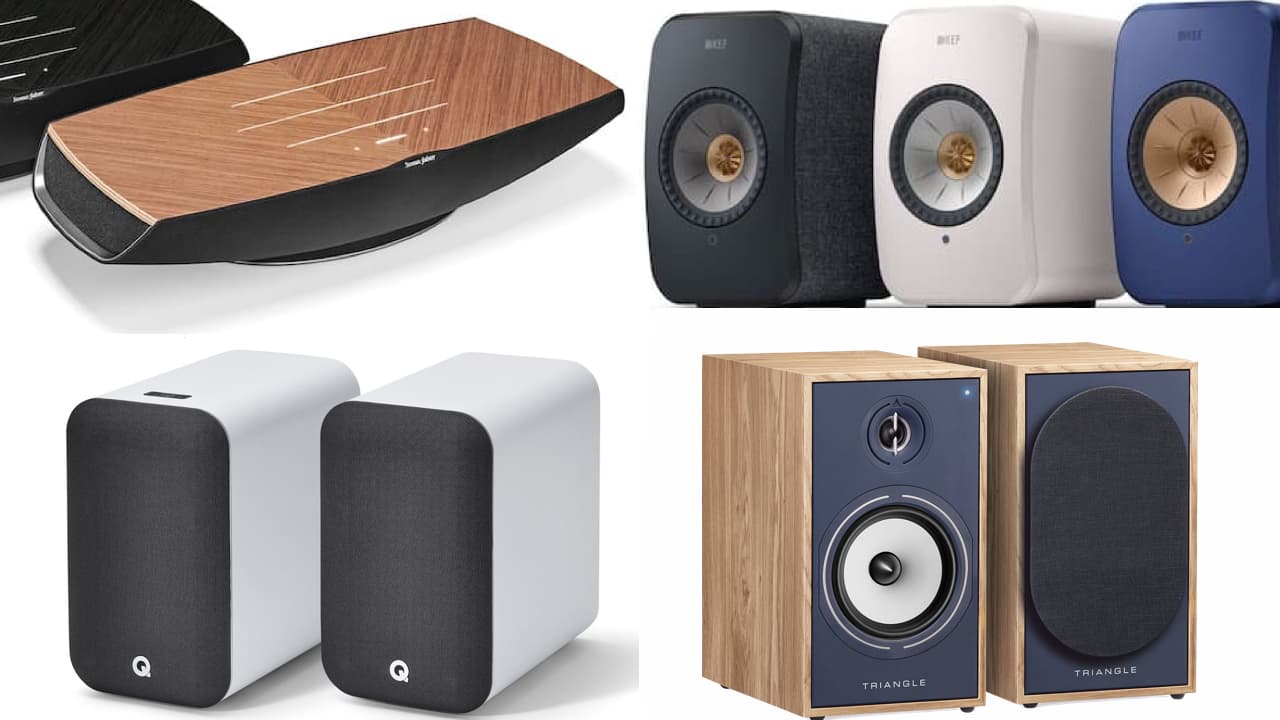
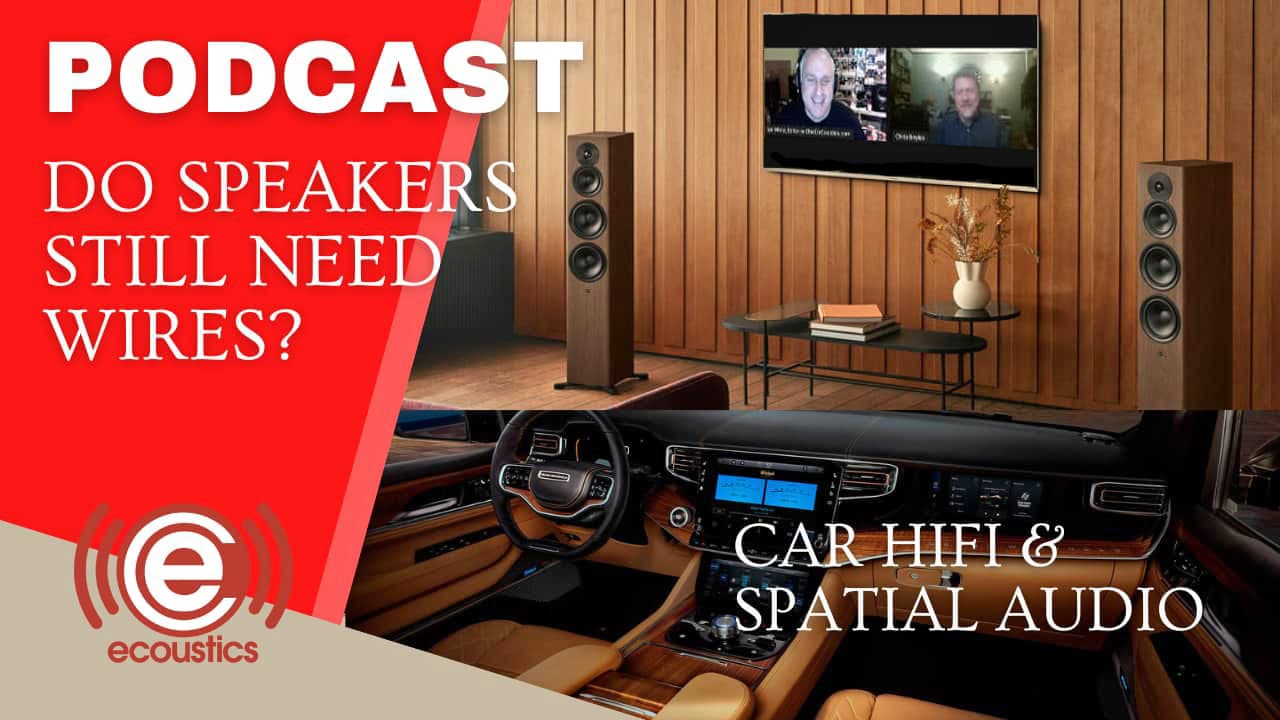

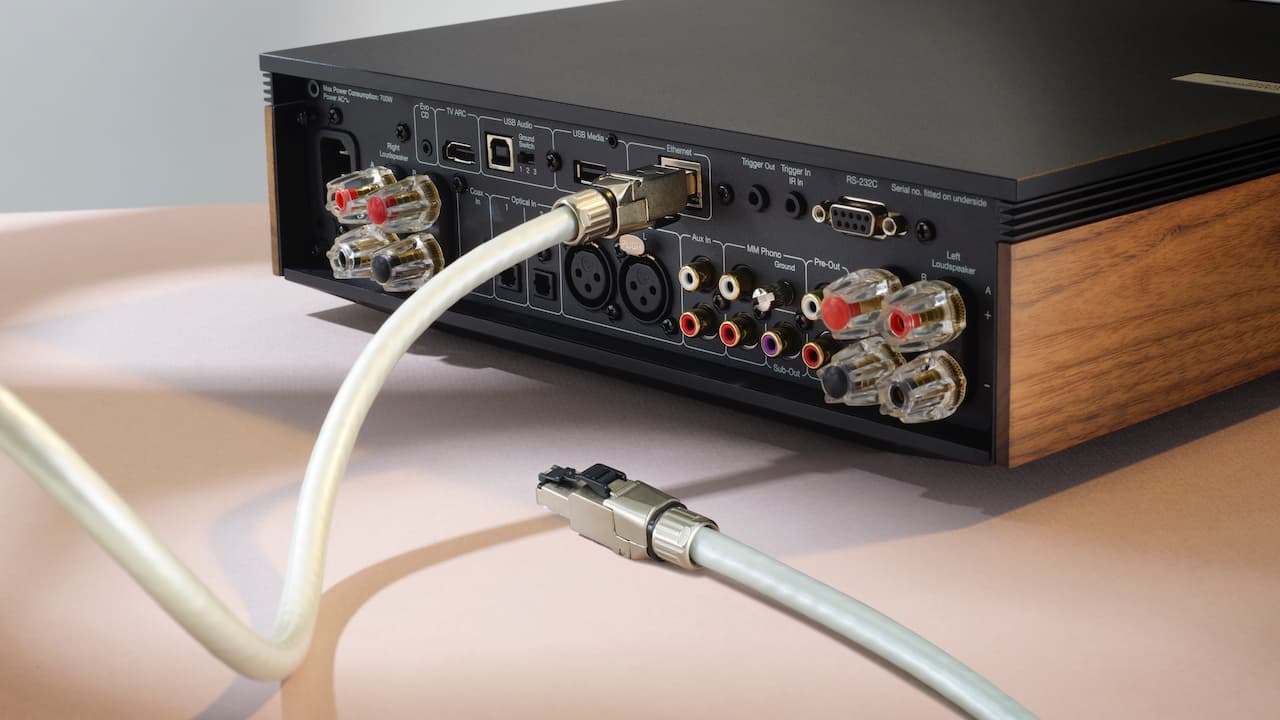

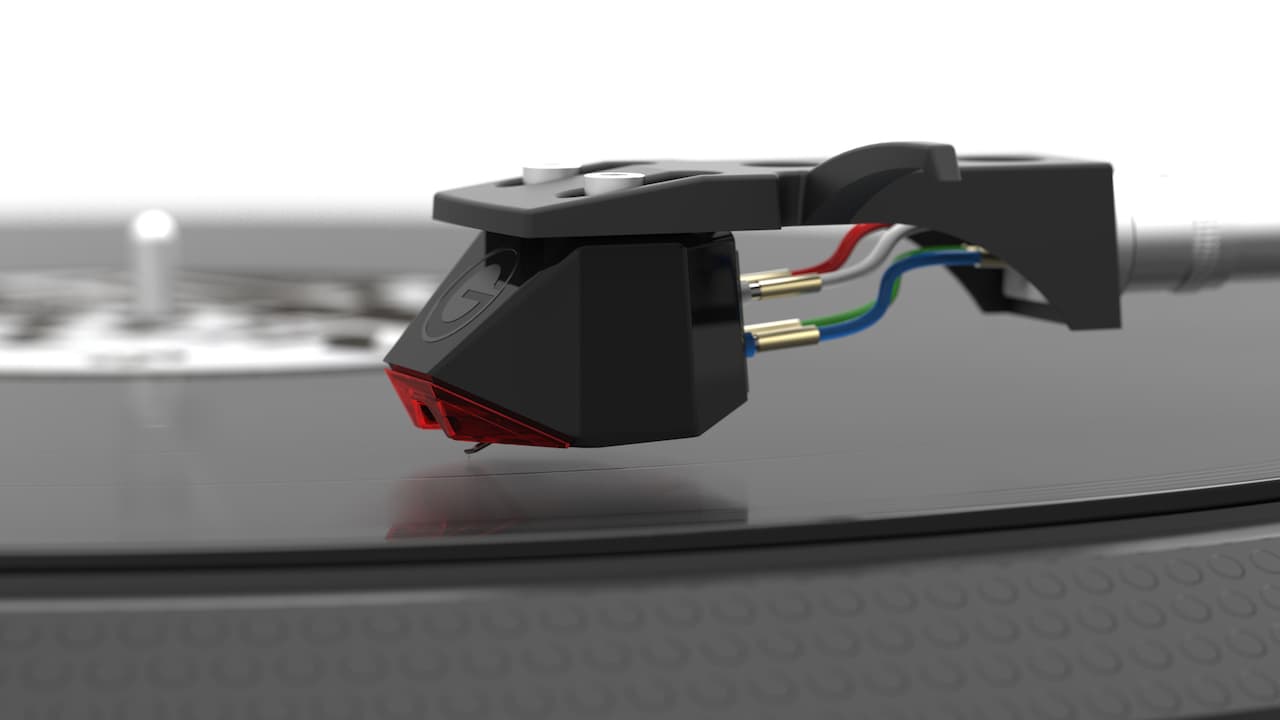
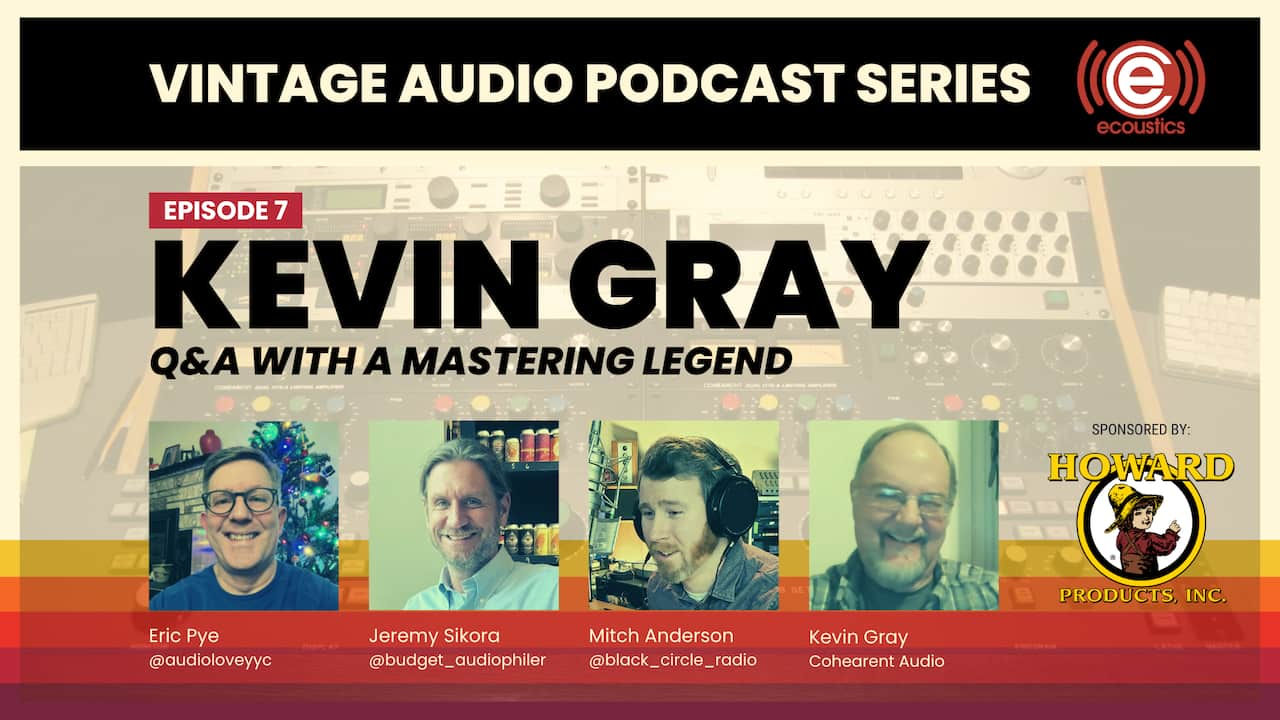
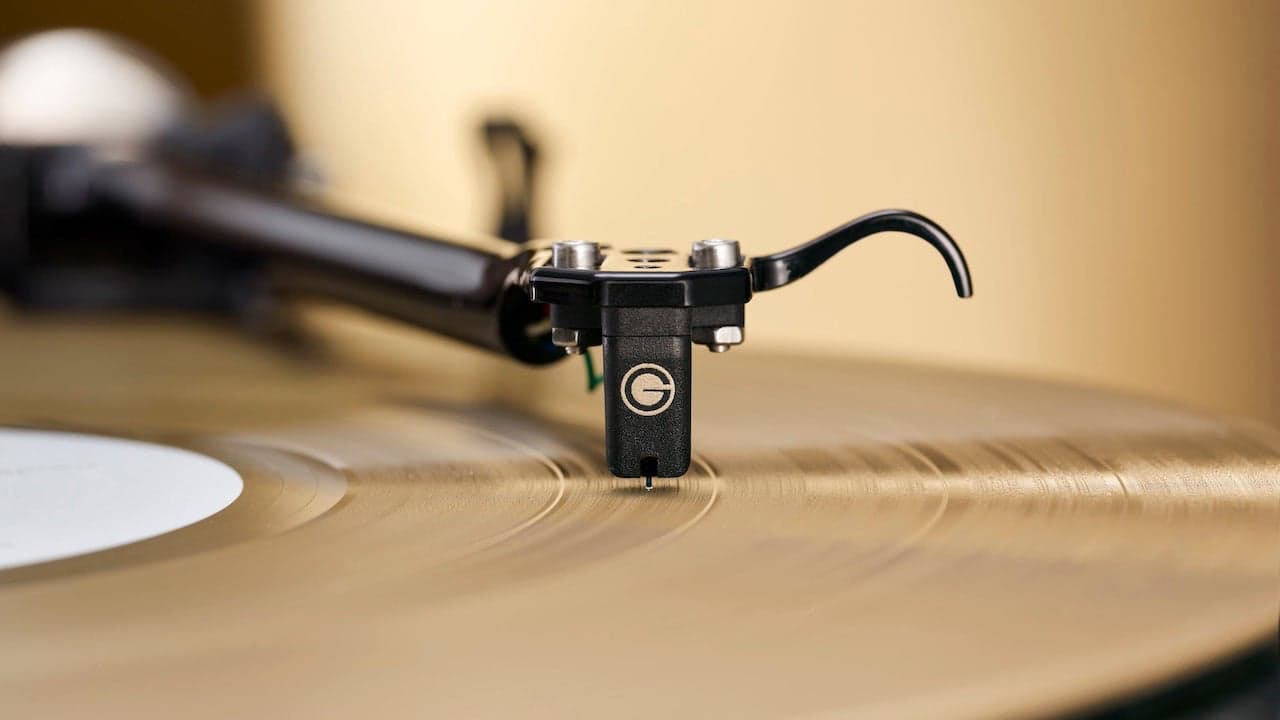
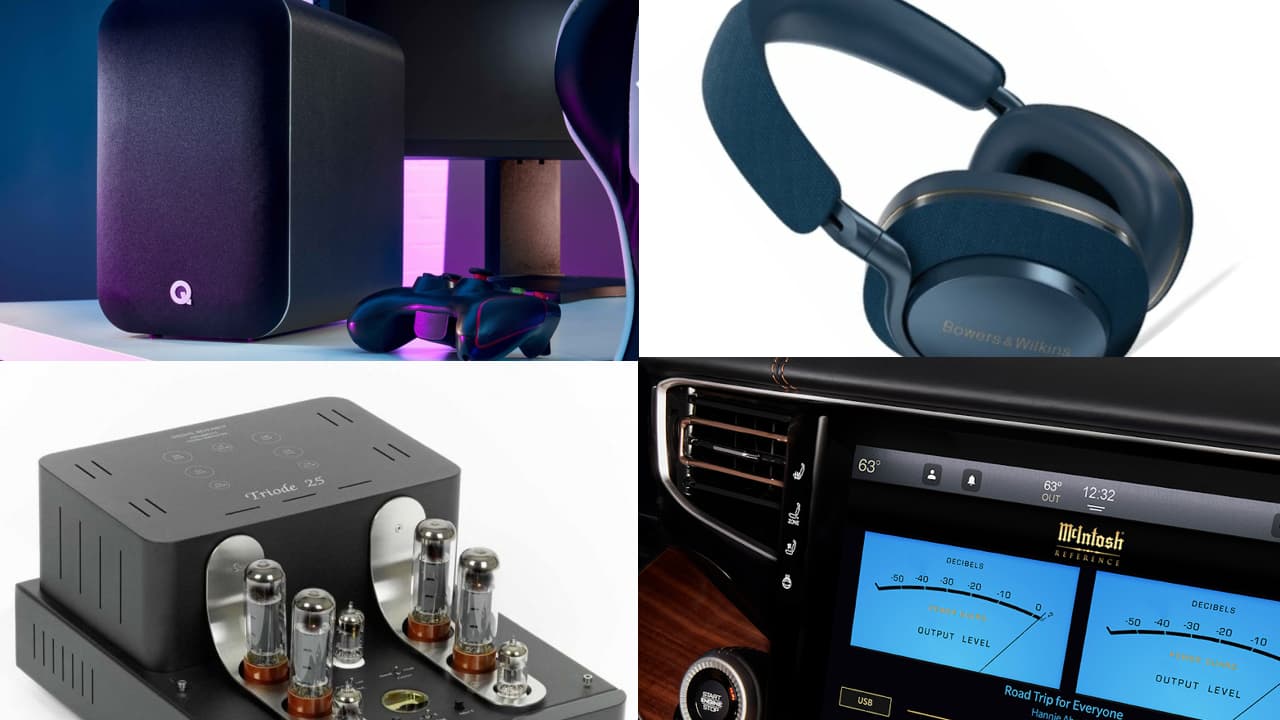
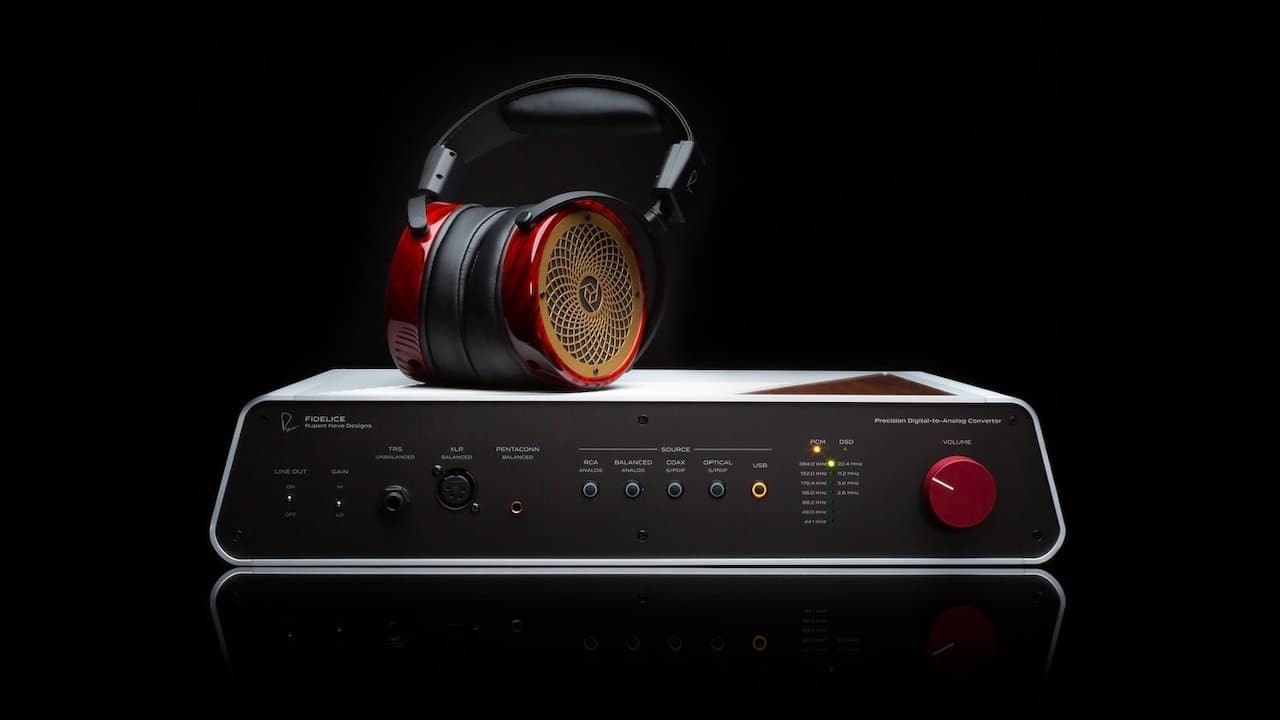
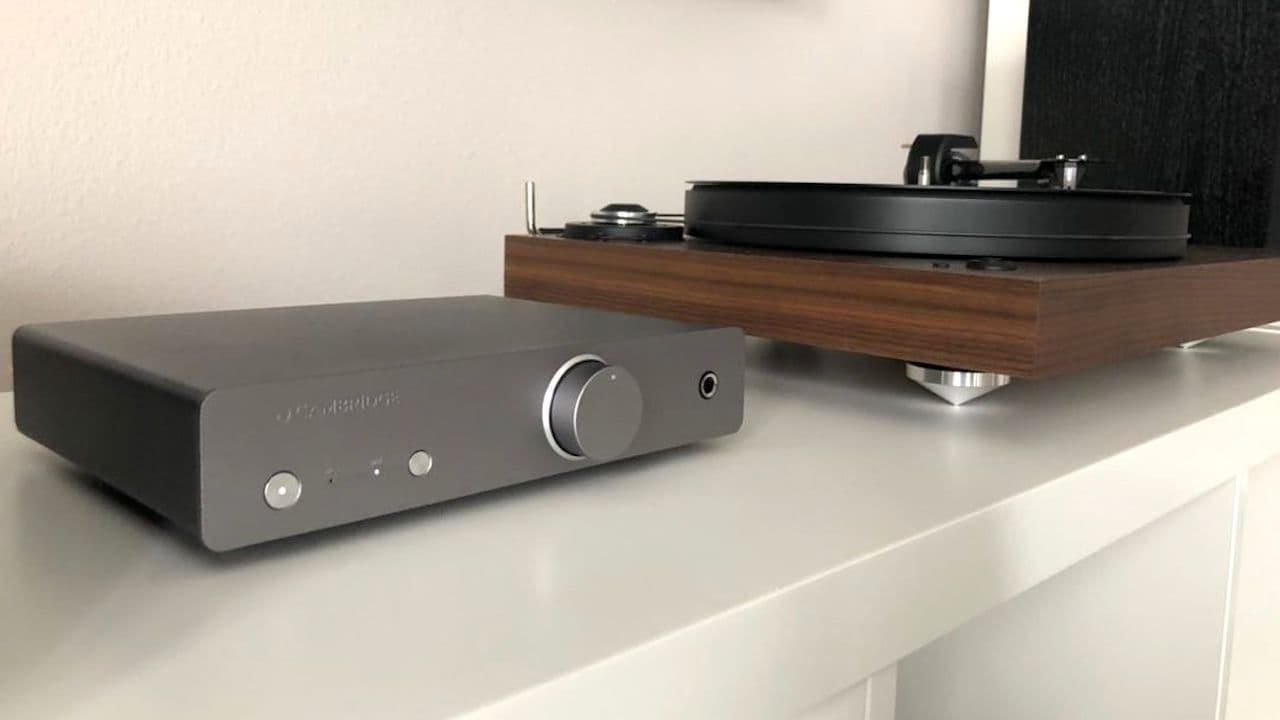

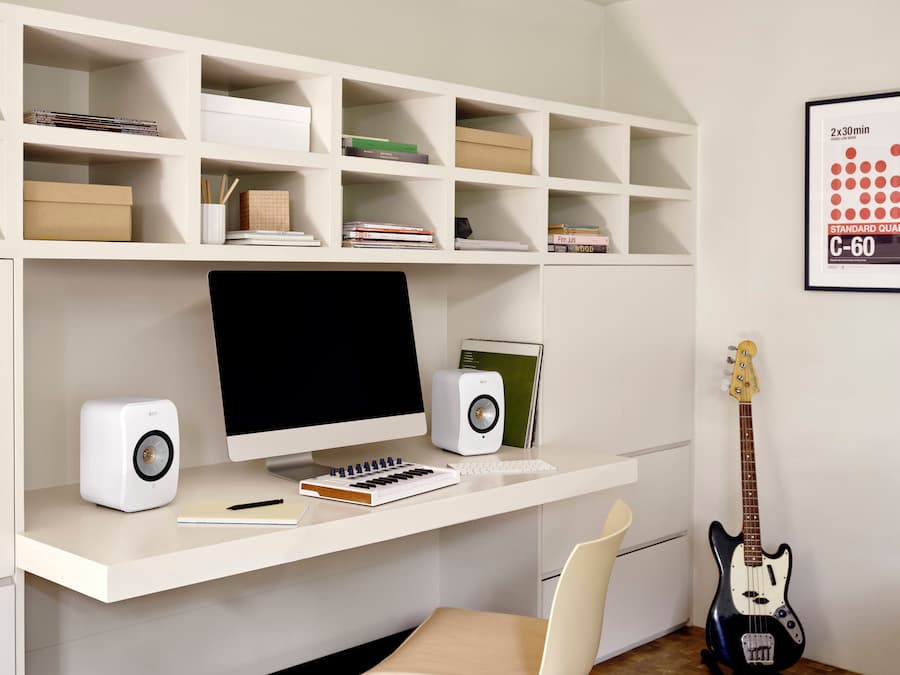

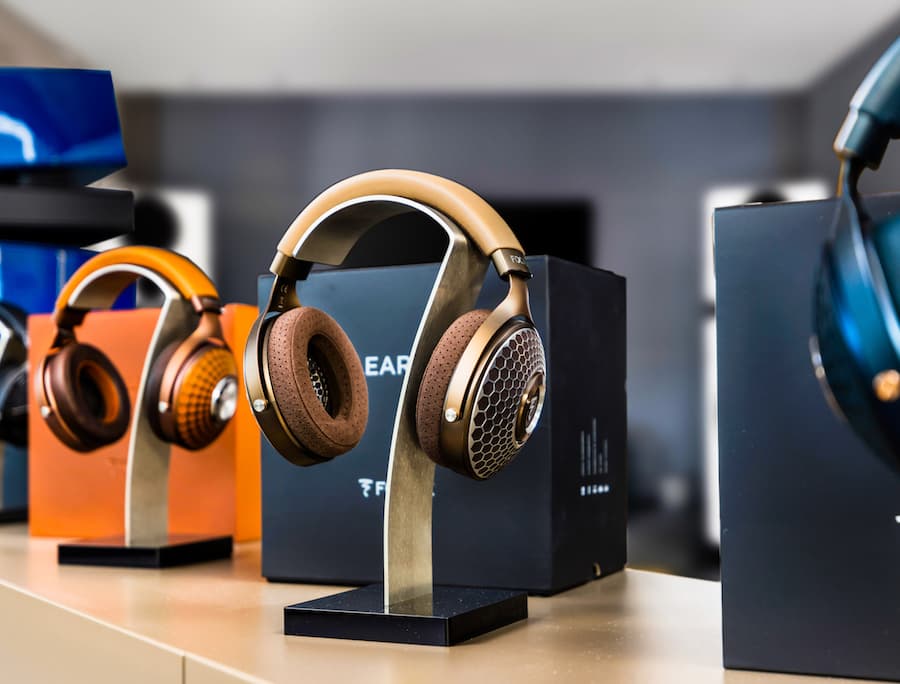
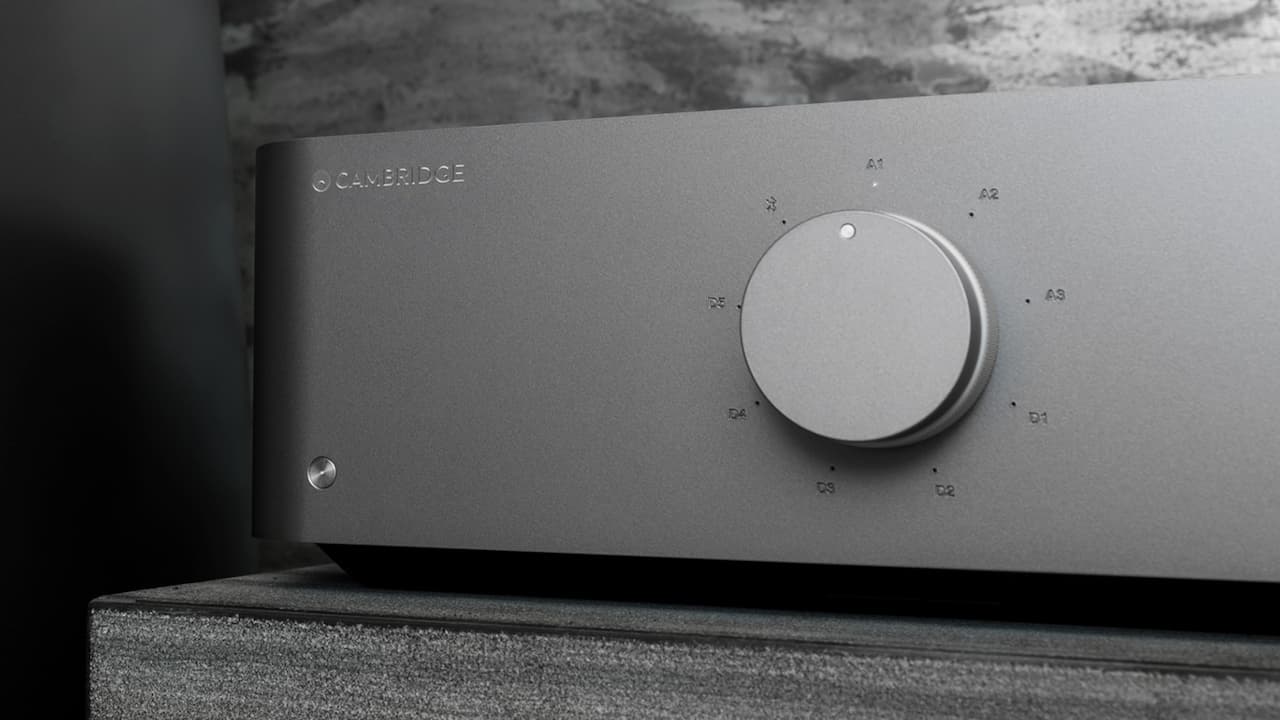


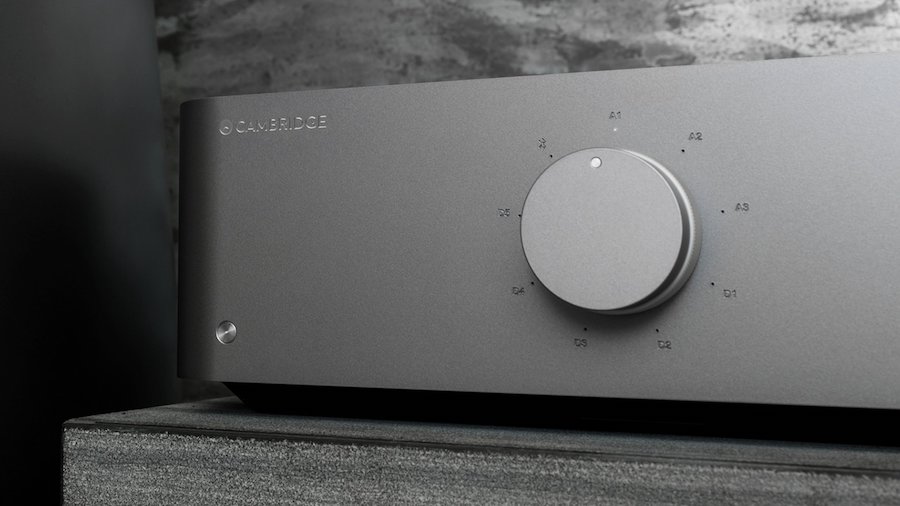



Spinblackcircle
October 11, 2022 at 3:00 pm
Some of the best cartridge advice I’ve seen on the ol’interwebs. I previously owned a 4K MSRP turntable with a 2K MSRP cartridge and just could not get past the per spin cost. Fortunately, I had bought it used and was able to cash out without taking a loss. I now have a 1980s VPI HW-19 with a Grado Silver, Black and Mono cartridges and have been just as happy. I will never spend more than $500 on a cartridge again. unless I start playing the lottery. I can afford more but I’ve been down the rabbit hole and was lucky to return.
Ian White
October 11, 2022 at 3:51 pm
Spin,
Thank you for your kind words.
I once owned a Michell Orbe SE/Wilson-Benesch ACT combination with a $1300 Benz Micro cart. It sounded great but nothing that made me think I was getting a lot of value from it.
I sold it all and lost money.
I now have 3 restored Thorens and Yamaha tables, 1 NAD, 1 Andover Audio, and 1 Pro-Ject table. I listen to them all. The combined cost was less than what I paid for the Orbe SE. I have 6 affordable carts on all of the tables and couldn’t be happier.
The VPI HW-19 is a really nice deck.
Ian White